Driving on mountain roads could be an exciting and remarkable experience, but at the same time it can be extremely dangerous. The following tips would provide necessary driving skills and habits that ensure your safe mountain driving.
How to Be Safe Driving in the Mountains
1. Make sure the brakes are in perfect condition
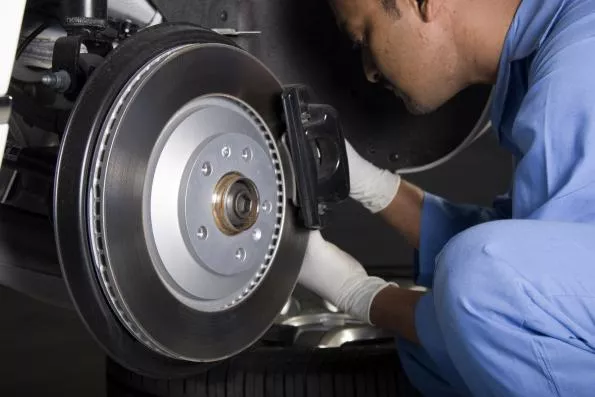
Before you start your trip to some rocky areas, remember to have the brakes checked
The last place you want to be is when you drive downhill on a mountain road without functioning brakes. Brake failure is often caused by boiling brake fluid, which can happen more easily at higher mountainous terrain due to the lower boiling point of fluids.
If your car was used for a while and without brake checks, the brake fluid can be contaminated or loses moisture, which further lowers the boiling point. So, before you start your trip to some rocky areas, remember to have the brakes checked by an experienced mechanic and make sure they are in perfect condition for your safe driving.
2. Do not go downhill faster than you climb uphill
Many people have a habit of driving downhill too fast and thus, have to use the brakes constantly. You should definitely avoid this by controlling the speed when going downhill. If your car has manual gearbox, shift to the 2nd or 3rd gear depending on the length and the slope of the hill. A rule of thumb is that you should drive at the same gear when you go downhill as when you climb up that hill. For automatic transmission cars, turn to modes S, L or D1, D2, D3 or semi-automatic modes "+, -" to keep a steady, not too fast speed.
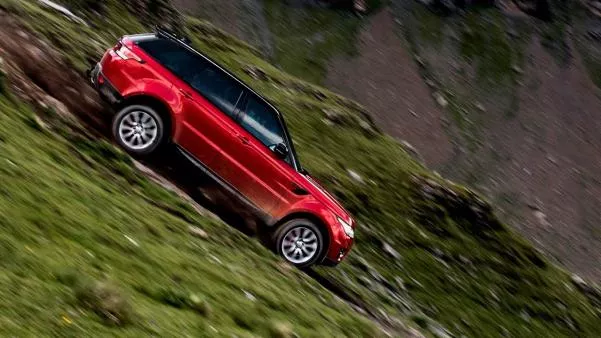
Go downhill and uphill at the same speed
One more thing to keep in mind is to never hold the brake (trail braking) when going downhill. This will quickly heat up the brake fluid - the last thing you want to see. Experienced drivers suggest that you should apply snub braking technique when you need to slow down on a hill. Here is how to do it:
- At the top of the ramp, set the right gear and speed and don’t touch the accelerator pedal
- When the car starts to speed up and the engine makes louder sounds, hold the brake for no more than 3 seconds, just enough to slow down to the right speed, then release the brake
- Then when the car drifts and accelerate again, repeat to control the speed without overusing the brake.
3. Watch the engine temperature when you climb uphill
Climbing uphill makes the engine to work hard and quickly increases its temperature. If you see that the engine temperature is a bit too hot, turn off the A/C and, if it’s not too annoying, turn on the heater to use up some of the engine heat. In the case of engine overheating, pull off the car over a safe-for-parking place, do not turn off the engine and keep it running. One more thing, absolutely not open the water tank lid for your own safety.

Don’t let the engine overheat
4. Don’t drive too close to the lane divider line
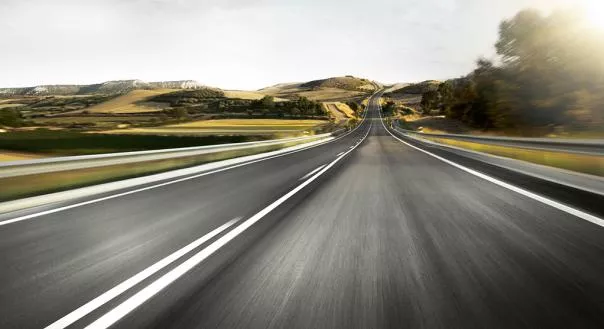
Don’t drive too close to the lane divider line when driving on mountain roads
Many drivers often drive very close to the lane divider line. But this technique should not be applied when driving on mountain roads because the lanes are narrower and the sight is shorter. It there is a lot of traffic then sticking too close to the line could be dangerous in that it limits your reaction time to vehicles driving in opposite direction. In the worst case, such driving habit can result in serious accidents, especially at curvy roads.
5. Give way to other vehicles
Steep roads reduces the power of the car engine, so passing takes more time then on plain roads. This significantly increases the already high risk of collision with vehicles in the opposite lane on a curvy mountain road. Therefore, if you notice that another vehicle wants to pass when going uphill, slow down, give way and give them a little time to set back in the lane after they pass.
6. Drive slowly
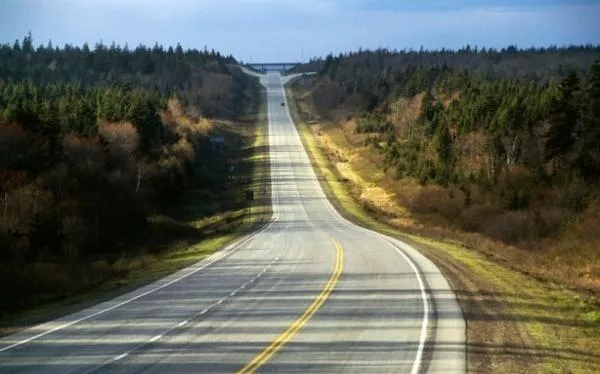
You can enjoy the view better when driving slow
Mountain roads are often narrower than plain roads, which means going slowly would cause vehicles behind you to go slow as well. However, it is not advisable to drive fast because it could be very dangerous. If you want to "free" the vehicles from behind, you can pull over to the side where the road is wider and let them pass. Besides, it is best to enjoy the mountainous view when you drive slowly.
7. When going into sloping, unpaved roads
If you are going to drive through sloping and unpaved roads, keep in mind three important things:
- First, check the weather to see whether it would be rainy on the way. Heavy rain could seriously affect the quality of unpaved roads, and driving through a wet muddy route is not only distressing but dangerous.
- Second, go slower than normal because the unpaved roads provide poor adhesion, which may affect braking performance and cause accidents.
- Third, inform others of where you are going so they can help if something goes wrong.
8. Bring water and drink it along the trip
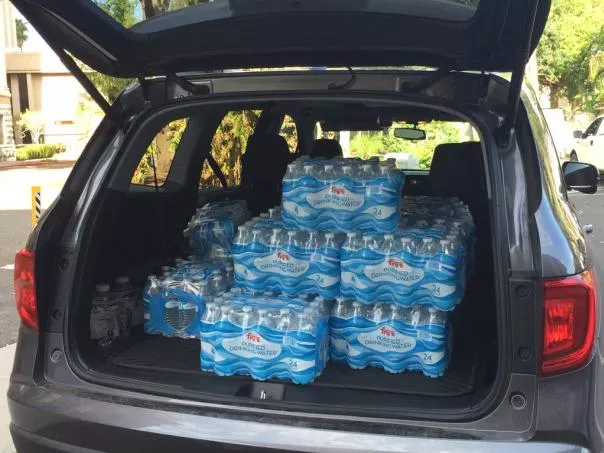
Make sure you prepare and bring everything you need for the whole trip
Just like how frequent you drink water when rock climbing, you should drink that much when traveling a long way on mountain roads to avoid dehydration due to high altitude. It is even more important to drink if you drive, not only to keep your body hydrated but also to stay awake in night trips. There is also fewer stops for fuel and supplies along a mountain road, so make sure you prepare and bring everything you need for the whole trip.
9. Take breaks between long trips
Driving on mountain roads requires a lot more focus and attention than normal to deal with the slopes, curves and turns. So it is a must that you take breaks frequently between long trips in order to stay sharp, even if you don’t feel sleepy. Rest or nap, have some snack and drink a lot of water, and maybe take a walk for some sightseeing would help with driving stress relief.











